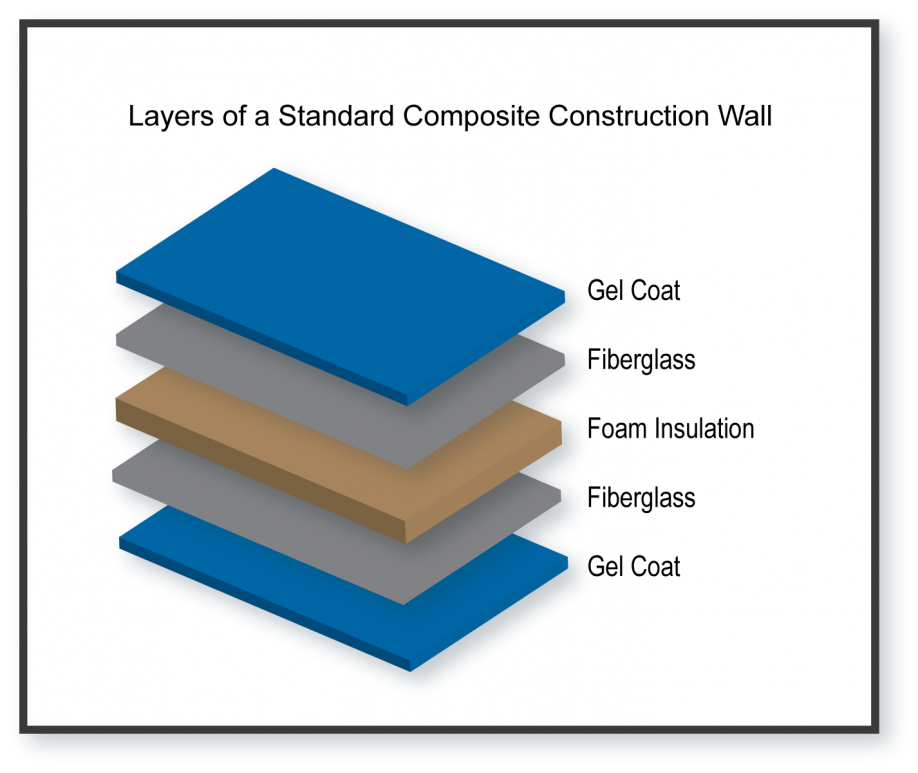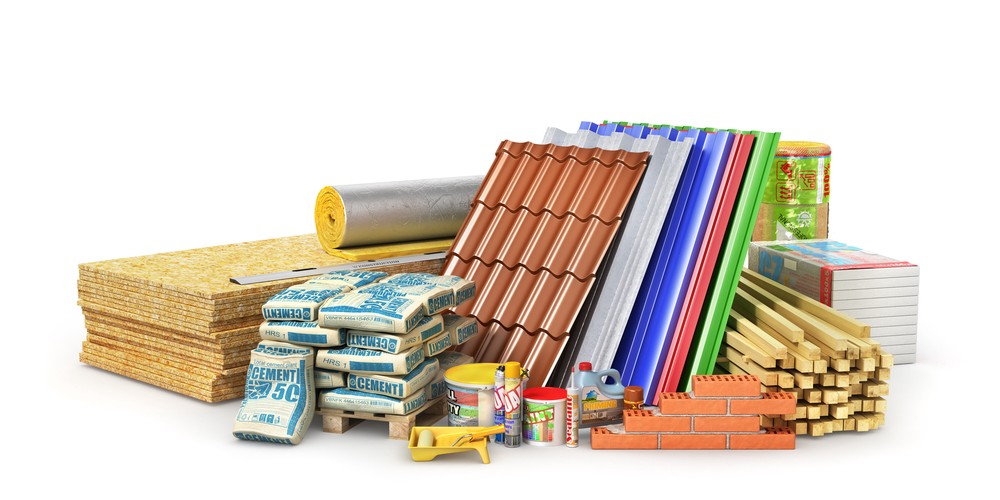Composites: Strong and Resilient Building And Construction Products
Opening the Ecological Advantages of Recycled Compounds in Building and Layout
In the world of construction and layout, the utilization of recycled compounds holds substantial pledge for improving sustainability practices and decreasing ecological influence (composites). By integrating these ingenious products, there is a possible to attend to vital problems such as waste reduction, power preservation, and a reduction in carbon impact. The change towards a more sustainable future in these markets pivots on opening the complete capacity of recycled compounds. This conversation will certainly explore the multifaceted benefits and difficulties linked with integrating recycled composites into building and construction and design, providing a glance into the transformative possibilities that lie in advance.

Ecological Influence Reduction
The decrease of environmental impact with making use of recycled composites in construction and design plays an essential duty in lasting practices. By integrating recycled composites right into building products, the building sector can significantly reduce its carbon impact and contribute to a much more environment-friendly future. These sustainable materials, made from repurposed plastics, wood fibers, or various other recycled elements, supply a sensible option to typical building and construction materials without compromising on quality or resilience.
Recycled compounds help divert waste from garbage dumps and decrease the requirement for removing raw products, thus preserving all-natural sources. In addition, the manufacturing process of these compounds frequently takes in much less energy and emits less greenhouse gases compared to producing virgin products (composites). This shift towards making use of recycled compounds not just lessens ecological injury however additionally advertises a round economy by encouraging the reuse of products that would certainly or else be disposed of
Waste Reduction
With a focus on decreasing waste in building and layout, the combination of recycled compounds provides a sustainable remedy to lower environmental influence. Waste minimization is a vital facet of lasting practices, and using recycled composites provides a possibility to achieve this goal successfully. By using products that have currently served their initial purpose, such as recycled plastics or reclaimed wood fibers, the building and construction and layout markets can significantly lower the amount of waste generated and sent to land fills.
Recycled composites have the possible to divert significant quantities of waste from traditional disposal approaches, adding to an extra round economic situation where resources are utilized efficiently. In addition, the manufacturing process of recycled composites commonly consumes much less energy and produces less exhausts contrasted to virgin products, better lowering the environmental footprint of building and construction and style projects.
Implementing waste minimization techniques with the unification of recycled compounds not just helps in preserving natural deposits however also promotes a more lasting method to structure and designing for a greener future.
Energy Preservation
Incorporating recycled composites not only minimizes waste in construction and design however likewise plays a crucial role in enhancing energy conservation practices within the industry. The use of recycled composites in construction can considerably add to power conservation with different ways. By advertising the usage of recycled compounds in building and style, the sector can make substantial strides in the direction of achieving power efficiency and reducing its carbon footprint, ultimately contributing internet to a more lasting constructed setting.
Carbon Footprint Reduction
Enhancing sustainability methods via the application of recycled compounds in building and style significantly decreases the carbon impact of the sector. By incorporating recycled materials into the production of composites, the requirement for virgin sources lowers, causing lower energy consumption and greenhouse gas emissions linked with typical production processes. This reduction in carbon impact is critical in combating climate adjustment and promoting an extra eco-friendly strategy to building and design.
In addition, the usage of recycled composites additionally helps in drawing away waste from land fills, consequently reducing the environmental influence of disposal and advertising a circular economic climate. The carbon impact decrease attained through the fostering of recycled compounds lines up with the global push towards lasting methods and the reduction of industrial discharges. It showcases a dedication to liable source monitoring and a change towards greener alternatives in the building and layout markets. Inevitably, by prioritizing the integration of recycled compounds, the sector can make substantial strides in reducing its carbon footprint and adding to a more sustainable future.
Sustainable Future
The integration of recycled composites in building and style not only addresses immediate ecological issues yet likewise lays a solid structure for a sustainable future in the sector. By integrating recycled compounds into building products and products, the building and style industries can significantly decrease their reliance on virgin sources, bring about a much more circular economic climate. This shift in the direction of sustainability is important for alleviating the ecological effect of typical building and construction Visit This Link techniques, which usually cause high levels of waste generation and resource depletion.

Final Thought
Finally, recycled composites offer considerable ecological advantages in building and construction and design by lowering environmental impact, lessening waste, preserving power, reducing carbon impact, and promoting a sustainable future. Accepting making use of recycled compounds can add to a more environmentally-friendly approach to building and style, inevitably leading to a more lasting and greener future for all.
The decrease of environmental effect through the use of recycled compounds in building and construction and layout plays a vital duty in lasting methods.With a focus on reducing waste in building and layout, the assimilation of recycled compounds supplies a lasting solution to minimize ecological influence. By promoting the use of recycled composites in building and construction and style, the industry can make substantial strides towards attaining energy performance and decreasing its carbon impact, eventually adding to a much more lasting developed environment.
